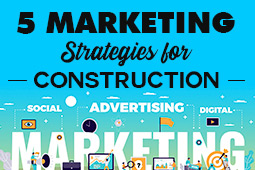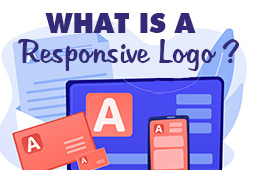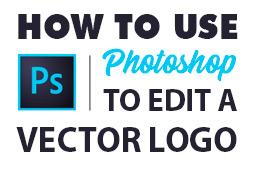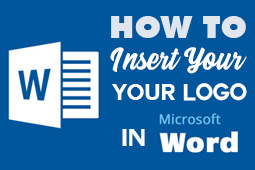How to design an Amazing and Professional Website
Think of your website as your brand’s home on the internet. It can’t replace a social media page because social media pages are, by design, fairly limited in their functionality and serve as more of a communication outlet than a true online home. When people search for your brand, they’re using search engines and trying to find your website for information about who you are and what you offer.
Communicate exactly who you are, what you offer and why you’re the best choice for them with a well-executed web design. Web design isn’t just how a website looks, but how it functions. If you’ve never created a website before, or even if you have and you need a refresher, read on to learn how you can get fantastic web design.
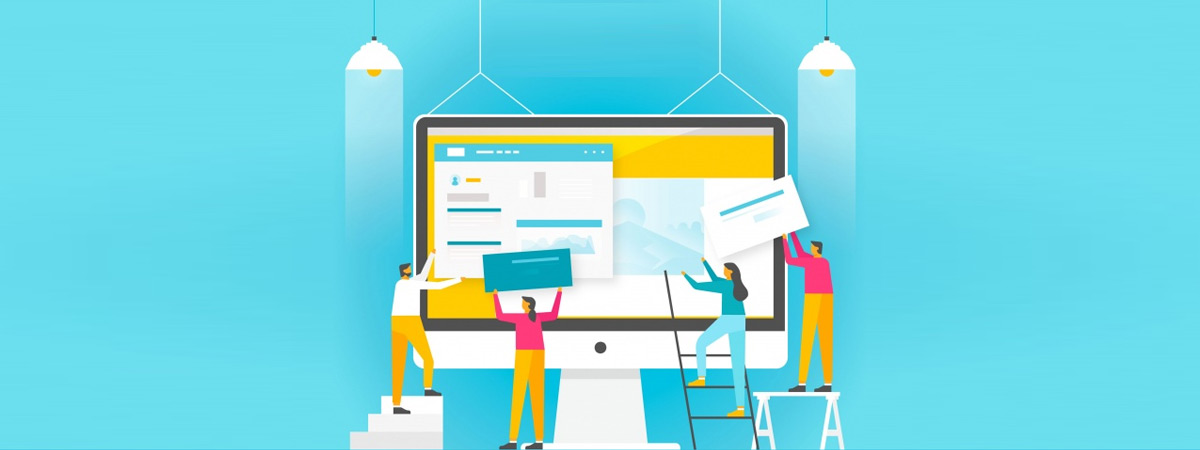
Components of Web Design
Web design is a broad umbrella that covers a variety of design processes. The common denominator with these processes is that they’re all part of what makes websites work. You can’t have a web design that doesn’t involve graphic design in some way, and if you ignore SEO, your website isn’t going to get many visitors.
The components of web design include:
Graphic design
Graphic design is a key component of website design. Nearly everything you see on a website was created by a graphic designer, including the company’s logo, the images and infographics, the banners and even the ads.
UX design
User experience design, often shortened to UX design, is the element of web design that deals with how users interact with your website. Overall, UX design aims to make a website easy and enjoyable to use, which means designing conspicuous icons, easy-to-navigate sitemaps, features that clue the user in to how they work (images expanding when mousing over them, for example) and ensuring that the website is accessible to users with impairments.
SEO
Search engine optimization, also known as SEO, is a collection of choices web designers and developers make to ensure their websites rank higher in search engine results. Website designs that present content in a logical, organized format and include things like alt tags on the images and meta titles and descriptions rank higher than those that don’t.
Layout and visual appearance
How a website looks is another component of web design. This part of web design covers things like the shapes and colors of the buttons, the typography, how the navigation is laid out and how the content is presented.
Navigation
This is how visitors get around a website. Often, a website’s navigation is a series of links at the top of a page or along the side. Well-planned website navigation means creating a sitemap that follows a logical sequence and presenting the navigation bar in a way that’s consistent across pages and makes sense to visitors. Basically, visitors should never get “lost” while visiting your website–and well-designed navigation prevents that.
Content
This is what actually drives people to visit the website. Content can be photos, blog posts, services, text, items for sale–in many cases, it’s more than one of these. Content works into web design because the website’s design “frames” the content. Thoughtful design presents content in a logical, appealing way.
Web Design vs Web Development

One of the most important things to keep in mind when you’re shopping for web design is this: web design and web development are not the same thing.
Web design is the process of creating an aesthetically pleasing website that achieves specific goals. These goals might be getting people to make purchases from an ecommerce site or to share information about a specific topic in a coherent, accessible way. A web designer uses their creativity and technical design skills to create websites that look great and drive visitors to take specific actions. In web design jargon, these specific actions are known as conversions.
Web development is the behind-the-scenes process of bringing a website to life and enabling it to function as the designer intended. Web developers are coders who have experience working with HTML, CSS and one or more programming languages.
You might find a skilled web designer who’s also an experienced web developer. When that’s the case, working with them can make the process of designing, building and launching your website super smooth. But don’t assume every web designer is a web developer, or that somebody who knows how to do both is equally skilled at both. Before hiring somebody for web design or web development, vet them completely by reviewing their portfolio and reading testimonials of their work from former clients.
Building your Brand into your Web Design
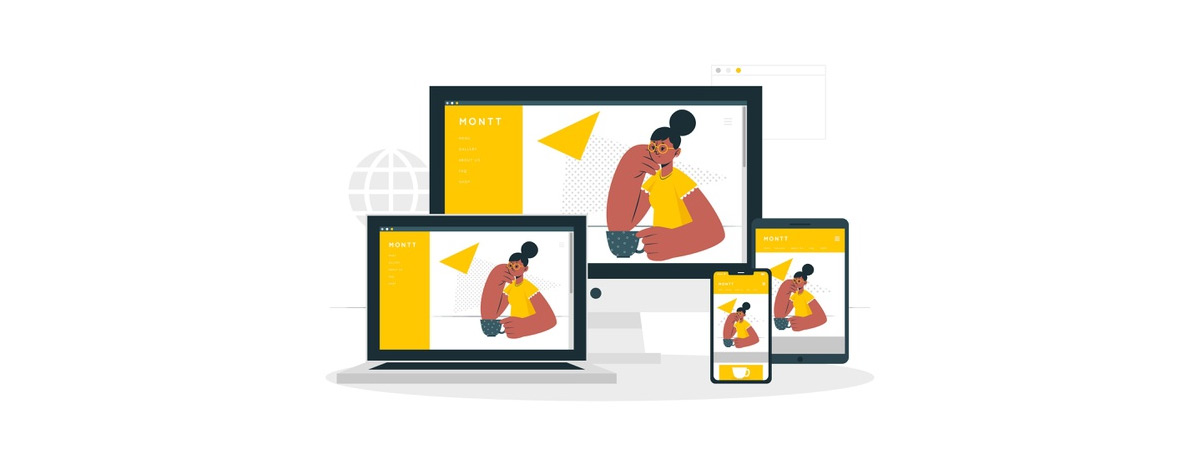
Ultimately, well-executed web design is part of branding. When visitors have a positive experience with your website, they associate that experience with your brand. Similarly, a bad experience (due to slow loading, confusing navigation, broken links and other issues like this) reflects poorly on your brand.
Your website’s design also serves to introduce your brand through visual choices like your color palette, your logo, your fonts and imagery you’ve picked to represent your brand. For example, a website with a bold orange header and Impact font might accurately communicate a construction brand, but not be a great choice for a yoga studio’s website. As you develop your website design, determine what you want to communicate about your brand and then how best to visually express your brand persona and offerings.
Even how your website operates can express your brand. For example, a minimalist, simple website with just a few pages that all feature large photos can be a great choice for a photographer. For a kid’s clothing website, whimsical elements like classic toys for icons can communicate that you’re the fun, age-appropriate choice.
DIY or All-included?
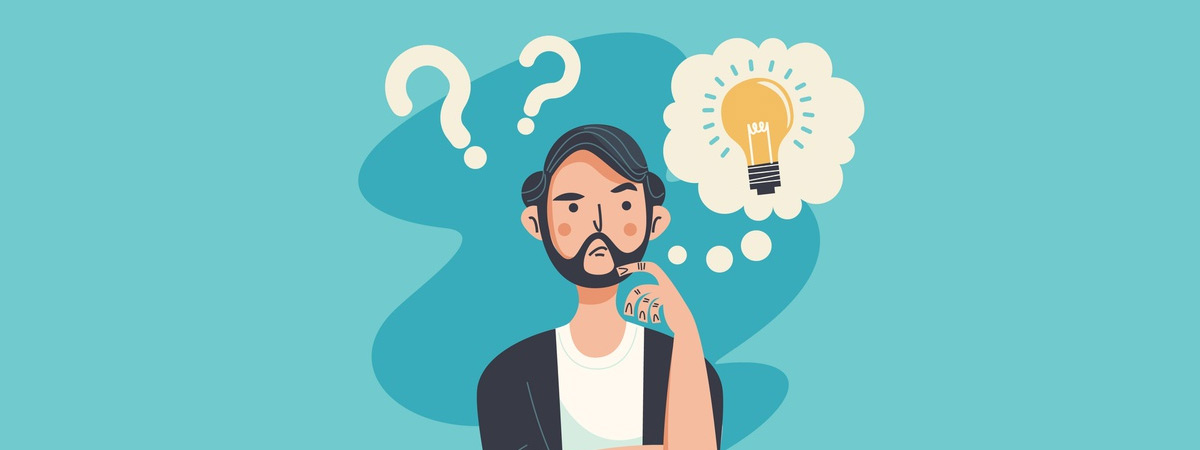
There are a few different routes you can take to a fully fleshed-out web design. To determine the right route to take, the first thing you need to ask yourself is this: “do I want to DIY my web design or hire somebody to design it for me?”
[image suggestion: person with a question mark above their head]
If you choose to go the DIY route, the next thing to ask yourself is this: “how comfortable am I handling the back end of a website?”
If your answer is “not at all,” the best choice for you to get web design is to use an out-of-the-box platform like Wix or Squarespace. With platforms like these, you subscribe to an all-in-one website service that gets you:
- Your unique domain name
- Hosting
- Pre-made web design templates
- A drag-and-drop editor for designing pages (how easy this is to use varies by platform)
- Access to a community of fellow subscribers who can answer questions you have, share insight and walk you through difficulties you’re facing with your website.
With certain platforms, you also get access to a variety of plugins that give your site additional functionality, like integration with Google Drive or a gallery that displays your Instagram feed. What you get and how much it will cost you varies widely from platform to platform, with some providing a far more user-friendly experience than others.
[image suggestion: Wix/Squarespace/another website platform interface or logo]
If your answer to the question above is “somewhat or fairly,” you’ve got more options for website platforms. Going with an out-of-the-box platform is certainly an options, but it’s not your only option. You can also go with WordPress, which currently powers more websites than any other platform on the internet. With WordPress, you don’t necessarily need to be a coder to make a great-looking website, but you do need to “get your hands dirty,” so to speak, when building your website. You’ll need to buy your domain name and hosting from other providers and link these to your WordPress account.
One of the biggest benefits of working with a WordPress web design is that it’s free. That said, lots of the things you’ll use to create your unique website, like custom themes and plugins, cost money.
No matter which web platform you choose, you can choose to create your own design or work with a professional web designer. As you search the web for designers, you’ll find lots of web designers specialize in custom themes and templates for specific platforms, like WordPress or Shopify. By working with a designer who specializes in a specific web platform, you guarantee you’re getting something optimized for the platform you’re working with.
You can also go the DIY route here and generally, that doesn’t mean you have to know how to code. Generally, giving your website a unique look and feel is as easy as choosing a theme, then choosing design elements like your colors, fonts and images. This is even true with most WordPress themes.
Whether WordPress or another platform is the right choice for your website depends on your budget, the functionality your website needs, the amount of customization you need (generally, more customization means more technical experience on your part) and how much time and energy you have to pour into creating and maintaining your website.
Web Design Do's and Don't's

There’s a lot to keep in mind when you’re creating a custom website design. Whether you go the DIY route or work with a professional designer, here are a few pointers that can save you time and money while helping you avoid headaches:
Do Make your Site Easy to Navigate
Visitors should never get “lost” on your website. If your navigation is inconsistent from page to page or doesn’t follow a clear, logical structure, change it so your navigation feels intuitive.
Don’t Overwhelm Users with Walls of Text
When you present written content, keep your paragraphs short–no longer than three or four sentences. By separating your text into clear paragraphs and sections nested under concise headers, you make the text seem easier for readers to tackle, which keeps them on your website and consuming your content longer.
Do Optimize your Website for Mobile
Today, most people view websites on smart phones. If your website isn’t optimized for mobile as well as desktop, you’re going to lose visitors.
Do Keep a Consistent Style
If you use one font on your homepage, use it on all your pages. Similarly, keep to a coherent color palette and similar visual layout for each page.
Don’t Forget to Test!
Before your site goes live, test it out! Ideally, have a few people on a few different devices (a smart phone and a laptop, different operating systems, different browsers) test out your website to ensure it works properly across platforms.
Make your Logo the Focal Point of your Unique Web Design
No matter what your website looks like, your logo needs to be displayed in a prominent place. If you don’t have a logo yet, use Logogenie’s simple, intuitive logo maker to create the perfect logo for your brand.
Design a logo with the perfect colors for yourself
If you don’t have spare cash in your budget for a logo, don’t despair. While in the past you may have had limited options, nowadays technology has advanced so that virtually anyone can design their own logo using an online logo design tool like logogenie.
In our digital era, design software is less about the technical skill of your hands and more about your creative ideas. You don’t need to master your brush strokes or pencil shading — you don’t even need steady hands. With digital logo makers, all you need is an idea.
Logogenie, and other online design tools, use templates to make design fast and easy, even for first timers. First, you select your industry from the dropdown menu.

We’ve categorized our templates by the needs and demands of the top industries, so finding yours is the first step. Our algorithm will then generate the top choices for your industry.
Simply choose the one you like and start editing. You can customize each template however you want, personalizing your choices for:
- Main images
- Company name and slogan
- Font and typography
- Color schemes
- Text and picture sizes
- Text and picture placement
- Adding new icons
- Layering (putting some images behind or in front of others)
You can choose from our internal library of over 200 icons. A quick glance shows that there are plenty of the intellectual imagery we mentioned above, including trees with rainbow leaves, shield crests, books, graduation caps, and more.
Using a DIY logo maker like logogenie, you can create a professional-tier logo in just minutes. When you’re done, you can buy all permissions and commercial licensing for $24.90, which grants you your logo forever.
While the template-style of design works well for first-timers, you’ll get better results if you bone up on some graphic design basics beforehand. Keep reading our blog for special design tips, straight from expert designers.

